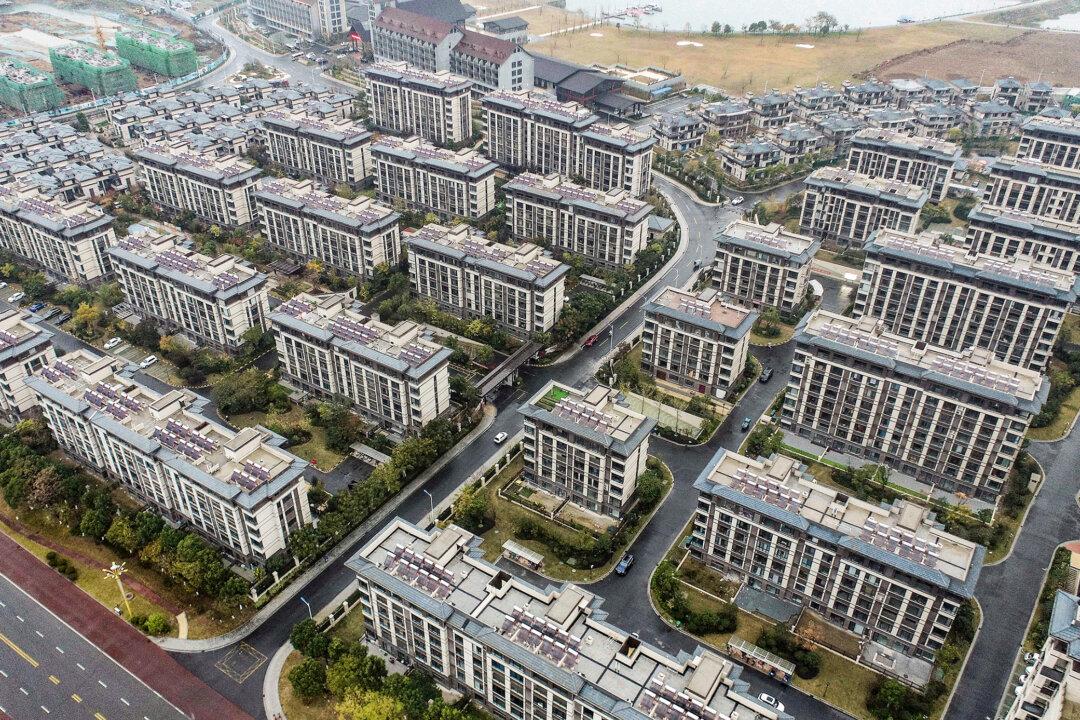News Analysis
Many foreign investors are concerned and asking questions about how China’s slowing economic growth, real estate crisis, and other economic problems could impact their businesses and interests.

Many foreign investors are concerned and asking questions about how China’s slowing economic growth, real estate crisis, and other economic problems could impact their businesses and interests.